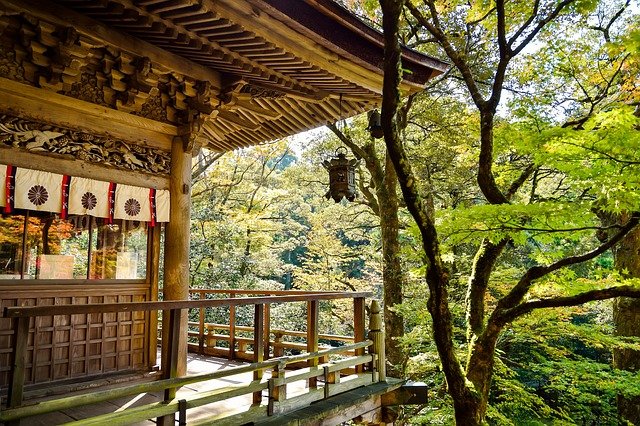Discover the spiritual essence of Japan through its ancient temples, sacred shrines, and unique rituals. Learn about Shinto and Buddhist traditions and explore Japan’s most serene spiritual sites.
Introduction:
Japan is a land of deep spirituality, where ancient traditions seamlessly blend with modern life. Whether through Buddhist temples, Shinto shrines, or time-honored rituals, the spiritual essence of Japan offers a profound sense of peace and reflection.
This blog explores the significance of Japan’s religious sites, key spiritual practices, and must-visit temples and shrines for travelers seeking a deeper connection to Japanese culture.
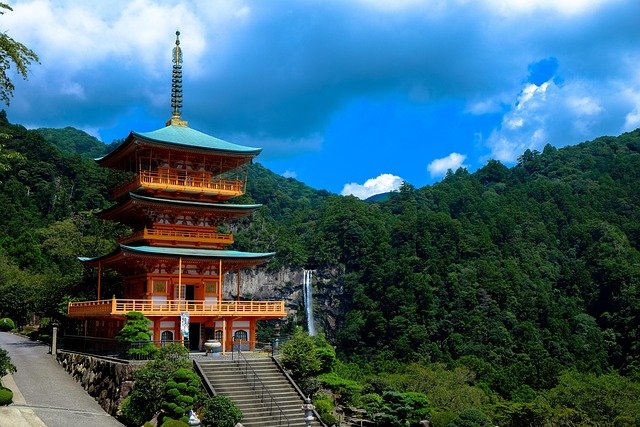
1. Understanding Japan’s Two Main Spiritual Traditions: Shinto & Buddhism
Japan’s spiritual landscape is shaped by two major traditions:
A. Shinto: The Way of the Gods (神道)
Shinto is Japan’s indigenous belief system, centered around kami (spirits or deities) that reside in nature. Shinto emphasizes purification, harmony with nature, and rituals for good fortune.
- Key Symbols: Torii gates, sacred trees, and shimenawa (straw ropes).
- Main Rituals: Purification with water, offerings at shrines, and prayers for protection.
B. Buddhism: The Path to Enlightenment (仏教)
Introduced from China and Korea in the 6th century, Buddhism in Japan focuses on meditation, self-discipline, and the pursuit of enlightenment. It has many sects, including Zen Buddhism, known for its simplicity and mindfulness practices.
- Key Symbols: Pagodas, incense, and Buddha statues.
- Main Rituals: Chanting sutras, lighting incense, and meditative practices.
Most Japanese people practice both Shinto and Buddhism, blending the two in their daily lives.
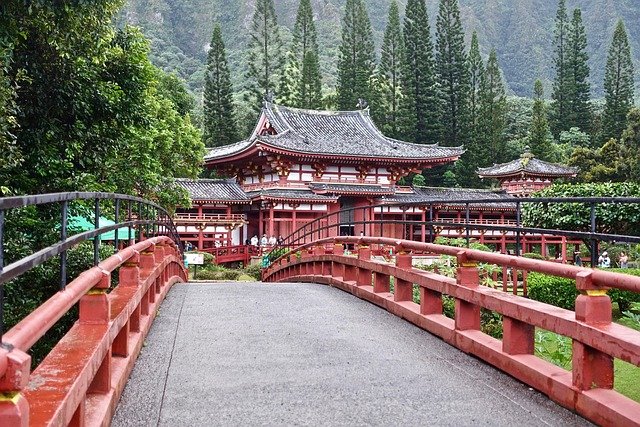
2. Must-Visit Temples and Shrines in Japan
Japan is home to thousands of sacred sites, each with unique spiritual significance. Here are some must-visit locations:
Famous Buddhist Temples:
- Kinkaku-ji (Golden Pavilion) – Kyoto
- A Zen temple covered in gold leaf, reflecting beauty and impermanence.
- Senso-ji – Tokyo
- Tokyo’s oldest and most famous temple, dedicated to the goddess Kannon.
- Todai-ji – Nara
- Home to Japan’s largest bronze Buddha statue and sacred deer park.
These sites offer visitors a chance to experience Japan’s spiritual traditions firsthand.
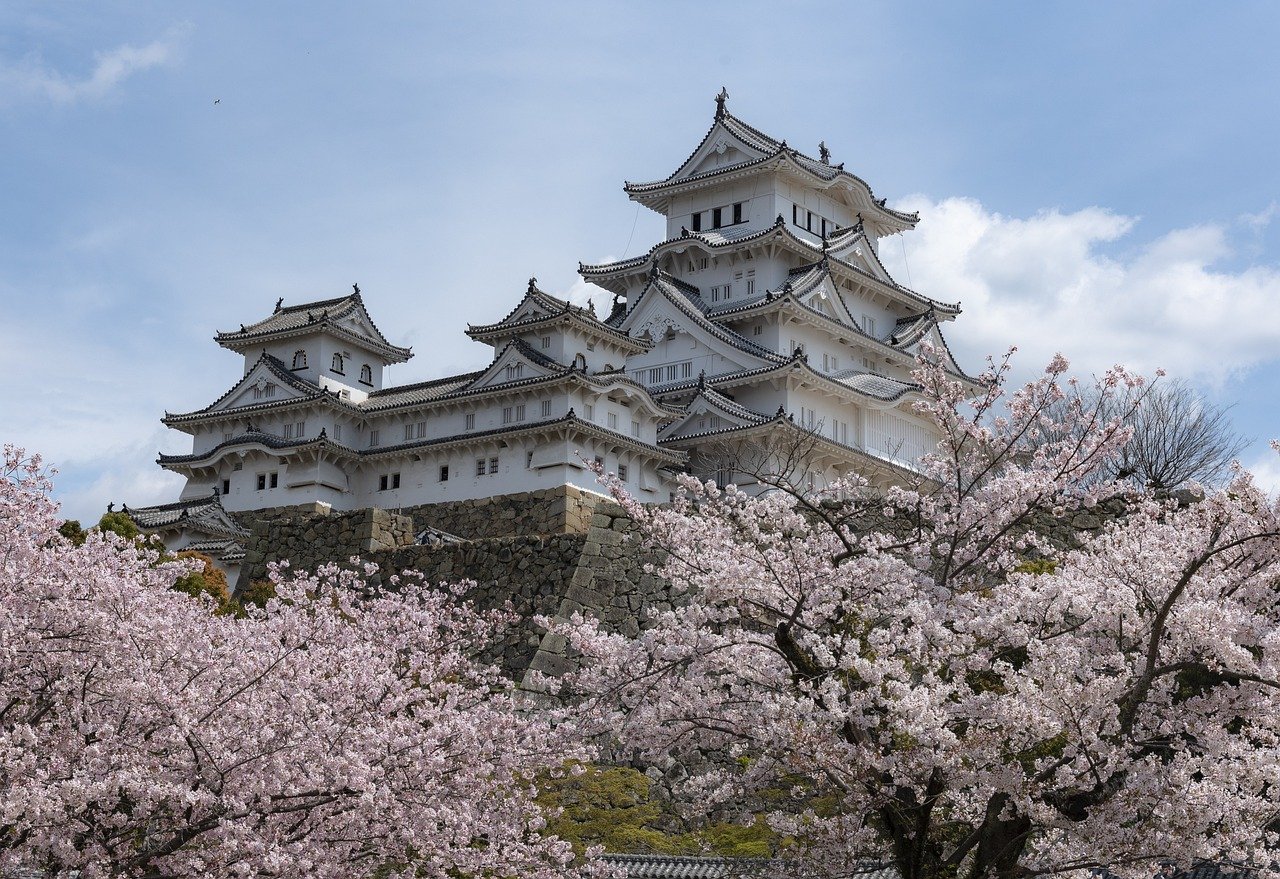
3. Spiritual Rituals and Practices in Japan
When visiting temples and shrines, certain rituals enhance the experience and show respect for tradition:
- At Shinto shrines, visitors cleanse their hands and mouth at a temizuya (water pavilion) before praying.
- At Buddhist temples, lighting incense purifies the spirit.

These small yet meaningful acts offer a glimpse into Japan’s spiritual depth.
4. Experiencing Zen and Meditation in Japan
For those seeking deeper spiritual engagement, Zen meditation (Zazen) and temple stays offer transformative experiences:
A. Zen Meditation (Zazen)
Practicing Zazen in a Buddhist temple allows visitors to cultivate mindfulness and inner peace. Some top places to try Zazen include:
- Shunkoin Temple (Kyoto) – English-friendly meditation sessions.
- Eiheiji Temple (Fukui) – A major Zen monastery with immersive training.
B. Staying at a Buddhist Temple (Shukubo)
Many temples in Japan offer shukubo (temple lodging), where guests can experience:
- Morning prayers and chanting.
- Vegetarian Buddhist meals (shojin ryori).
- Peaceful nature surroundings.
Popular temple stay locations include Koyasan (Mount Koya), a sacred Buddhist retreat with over 100 temples.
5. Japan’s Seasonal Spiritual Festivals
Throughout the year, Japan celebrates vibrant festivals with deep spiritual significance:
New Year’s Shrine Visits (Hatsumode), Obon Festival (August) and Setsubun (February 3rd).
These festivals offer a rich cultural and spiritual experience for visitors.
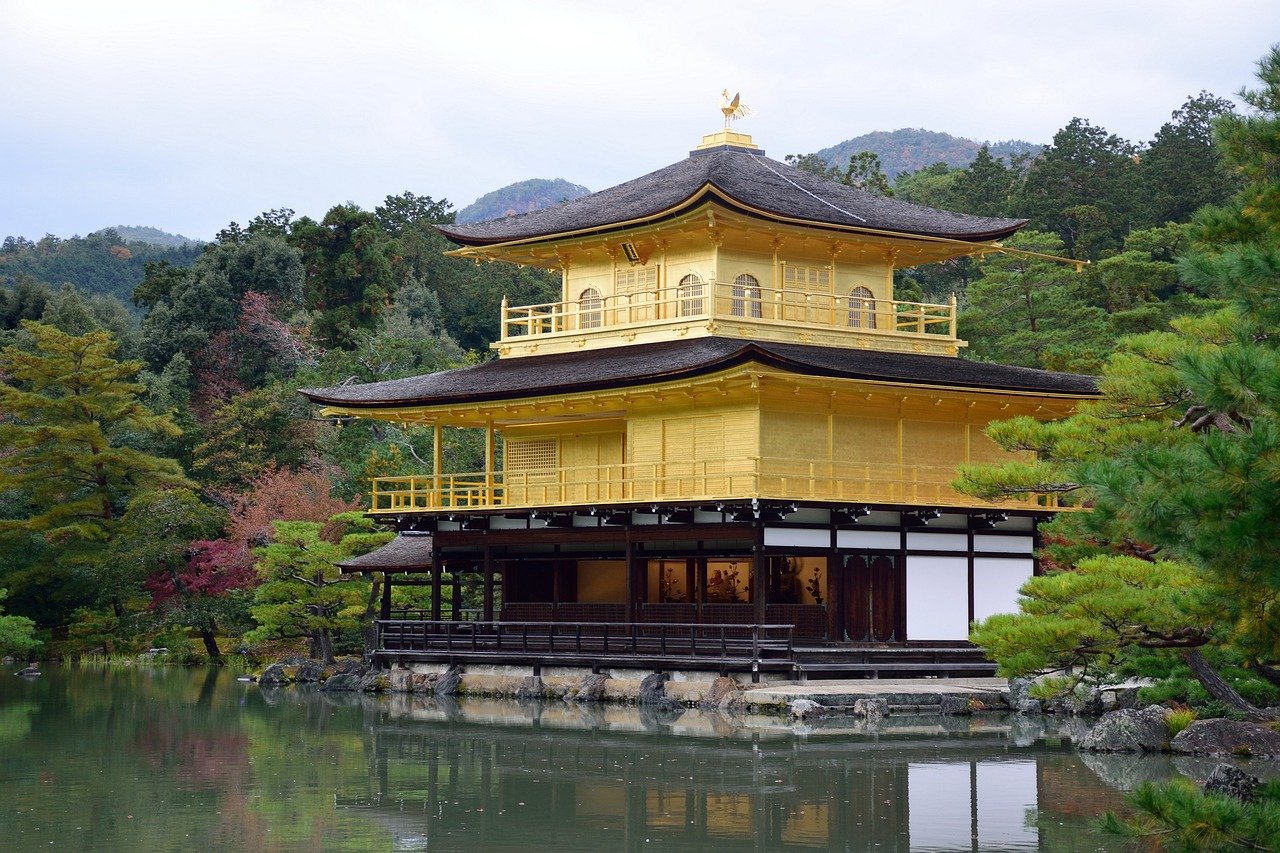
Conclusion:
Japan’s temples, shrines, and spiritual rituals provide a gateway to mindfulness, tradition, and serenity. Whether admiring Kyoto’s ancient temples, making an offering at a Shinto shrine, or meditating in a Zen garden, every spiritual experience in Japan is a step toward deeper appreciation and reflection.
For those seeking more than just sightseeing, Japan’s spiritual side offers a journey of the heart and soul—one that lingers long after the trip ends.



